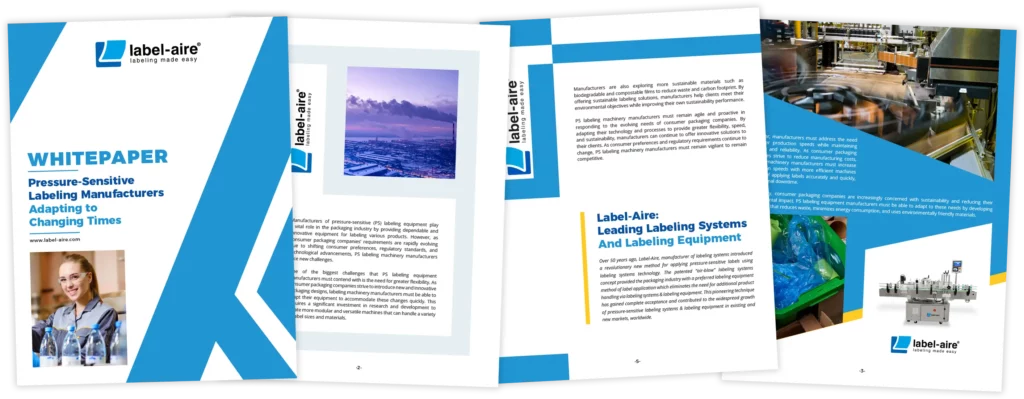With increasing calls of concern about the state of the global environment, some companies are adopting the trend of ‘green packaging’. Also known as sustainable packaging, green packaging is one of the many ways companies can participate in reducing their impact on the environment in their ordinary scope of business. This can be accomplished by adhering to the rule of three R’s: Reduce, Reuse, Recycle. Some businesses may say, “Why should we fix what isn’t broken?” and “What’s in it for us? How will adopting this form of packaging benefit us as a business?” These are valid concerns that can impact the way a company does business, but green packaging has other factors to consider as well: positively impacting the environment and creating new jobs to do so.
Green packaging, as the name implies, focuses on using packaging that is environmentally friendly by being reusable or recyclable after its initial purpose is fulfilled. Going back to the rule of three R’s, companies can apply these principles in various ways depending on their business format. Companies can reduce consumption of products and materials, reuse the materials they already possess in innovative ways for a different function, or recycle old items to be repurposed later. Each action reduces the impact on the environment as HP proved in 2003: “HP’s new LaserJet toner cartridge uses 45 percent less packaging material … a standard shipping pallet that once held only 144 cartridges can now hold 203” (Atkinson, William). By reducing the packaging material, HP is able to send out more cartridges per delivery, reducing the impact on the environment both by fewer miles on the road and reduced packaging. The implications of such an action are easily seen that HP’s bottom-line benefits, as well as the reputation of the company.
A research article by Grand View Research published earlier this year anticipates that green packaging as a business trend will be growing over the next eight years; as the trend becomes more prevalent, more companies can be expected to experiment with green packaging (Green Packaging Market Size). Employment opportunities follow trends, and this trend is no different – as the FTC enacts new laws regarding green packaging and as consumers vote with their wallet, companies will be looking to fill jobs that put them ahead of the curve. As the national director of the Minority Business Development Agency notes, “Working toward environmental sustainability creates new jobs, new markets, and new industries … as environmental consciousness continues to grow, the market for green products grows with it” (Hinson, David). The social acceptance of quote-unquote “going green” can make or break some companies as they vie for their consumer’s dollar.
Unless businesses and employees adopt the same goal that green packaging attempts to accomplish, the potential to reach this goal will be limited at best. While adopting green packaging will require a shift in thinking in many companies, it may soon become a necessary change. This greener form of packaging will benefit the company in terms of reputation and bottom-line, the consumer, and ultimately the Earth in general.
Bibliography
Atkinson, William. “Green Packaging: Waste Not, Want Not.” Green Packaging: Waste Not, Want Not – Inbound Logistics. N.p., n.d. Web. 30 Nov. 2016.
“Green Packaging Market Size | Global Industry Report, 2024.” Green Packaging Market Size | Global Industry Report, 2024. N.p., Aug. 2016. Web. 30 Nov. 2016.
Hinson, David. “Environmental Sustainability Creates News Jobs, New Markets, and New Industries.” MBDA. N.p., n.d. Web. 30 Nov. 2016.

